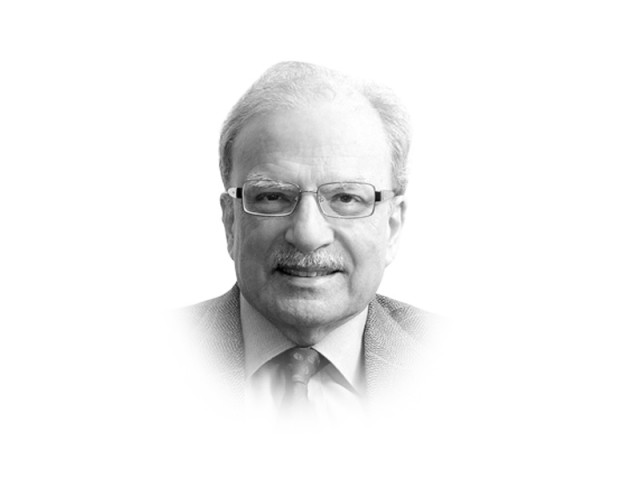Karachi — the likely destination for IDPs
History suggests that an important part of the IDP rehabilitation initiative should focus on Karachi.

According to the census of 1998, North Waziristan had a population of 361,246 people. If the number grew at the rate of three per cent a year — this is high since the national average was about two per cent — the agency’s population in 2014 should be no more than 560,000. Even if the entire agency has emptied out, there are still 340,000 people who have arrived in the camps from other areas. This additional influx must be from other tribal agencies. What these numbers tell us is an important economic story. A very large number of tribal people are prepared to accept the assumed care offered by the government than keep on living in their homes. They are getting free food and rudimentary health care. Even the quality of shelter may not be worse than what they have left behind. Once the word gets around that what is available in the camps is better than what small incomes can buy at home, the number of people in camps may increase.
This is one reason why we should not expect a significant number of the displaced persons to go back to their homes if peace returns. Once the government’s IDP operation concludes, where will these people go? My guess is that a fair number of them will head towards Karachi and many will try to eke out some kind of living in other large cities.
The preference for Karachi is understandable. It fits the pattern observed in other mass movements. Migrants, including refugees, prefer to go to the places that have already their kind of people in residence. Over the years, there have been several waves of Pashtun migrations to the city. By now Karachi probably has about five million people of this ethnicity living in the city, lodged in various bastis strung along the periphery. This means that some 20 per cent of Karachi’s population is made up of this particular group. The number may well increase as a result of the war in North Waziristan.
Much of Karachi’s violence can be attributed to the unresolved conflicts between two large ethnic groups. Had Karachi grown as a result only of natural population increase, it would now be a city of only 2.2 million people. If the current population is 20 million, then almost 90 per cent of it is made up of migrants.
The conclusion to be drawn from this is that the conflict in North Waziristan would most likely produce yet another demographic convulsion in Karachi. The government as well as the NGOs must prepare themselves for the new influx.
There have to be concerted moves on a number of fronts. Karachi’s provincial and national constituencies need to be redefined and for this, a new census is needed. Those living in Karachi should vote in Karachi and not in the areas from which they come. This will help to give increased representation to the Pashtun population in both the provincial and national legislatures. Incentives should be provided to the migrants to set up businesses in areas in which they live. Financial aid should be provided to those willing to invest their time in these start-ups. And a transport programme should be quickly developed and implemented to integrate the peripheral Pashtun localities with the various economic centres in the city. It may be counter-intuitive to suggest that an important part of the IDP rehabilitation initiative should focus on Karachi. History suggests that that is the way to proceed.
Published in The Express Tribune, July 21st, 2014.
Like Opinion & Editorial on Facebook, follow @ETOpEd on Twitter to receive all updates on all our daily pieces.















COMMENTS
Comments are moderated and generally will be posted if they are on-topic and not abusive.
For more information, please see our Comments FAQ